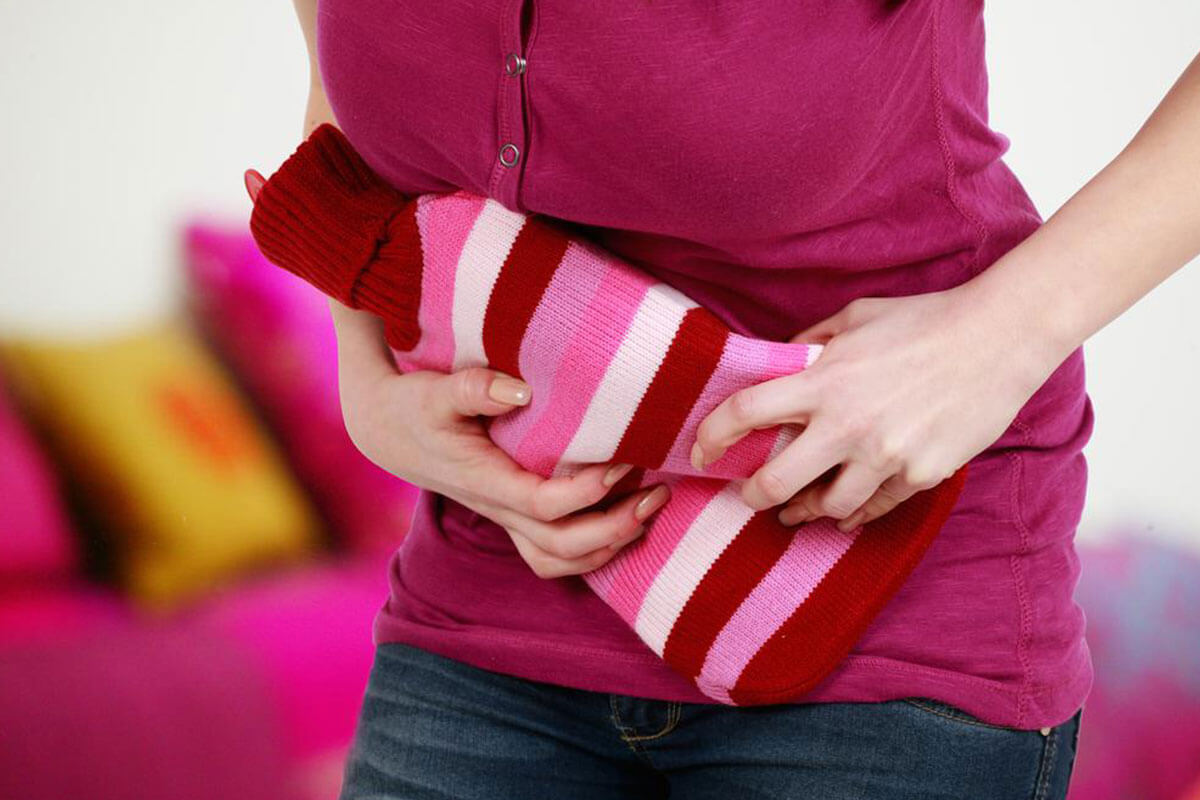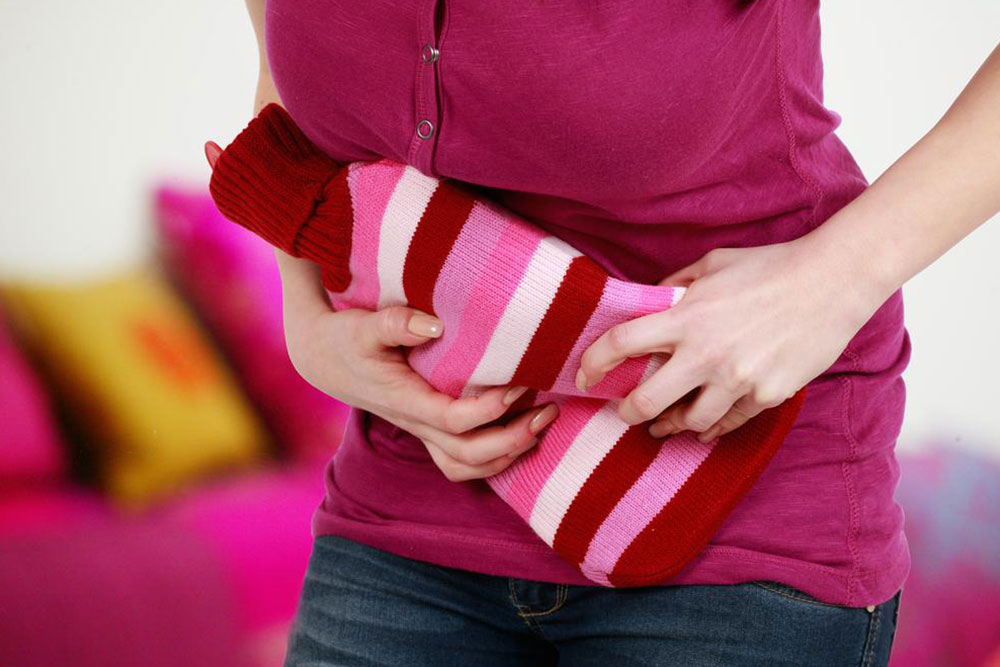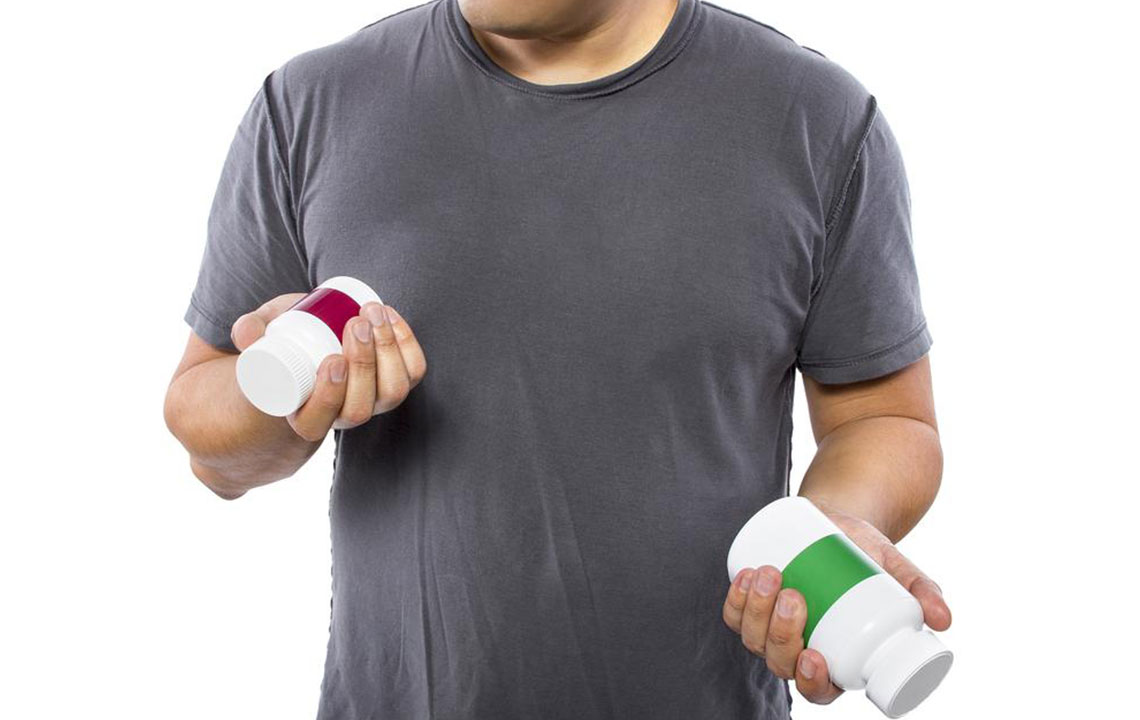Effective Strategies for Women's Bladder Health and Control
This article provides insights into common women's bladder control issues, including causes, types, and treatment options. It emphasizes the importance of seeking medical advice despite embarrassment and highlights how bladder problems can be effectively managed. Understanding these conditions can help women regain confidence and improve their quality of life through proper diagnosis and tailored treatments.

Understanding and Managing Women's Urinary Control Issues
Urinary leakage is not an unavoidable part of aging—know the causes and discover ways to improve bladder function.
Many assume bladder problems only affect older adults, but women of all ages can experience urinary difficulties. Often triggered by events like childbirth, these issues lead to unexpected leaks. Due to embarrassment, many women hesitate to seek help, despite available treatments that can restore control.
Bladder control concerns are common worldwide, yet they remain sensitive topics. Over 13 million Americans experience incontinence, with women twice as likely as men to be affected. Studies show that 30% of young women encounter leaks, and prevalence increases with age: 40% of middle-aged women and half of seniors report symptoms. These issues can negatively impact emotional well-being, confidence, and intimacy.
Many women do not pursue medical advice, often believing bladder problems are just part of aging or post-pregnancy recovery. However, these are treatable medical conditions. Proper diagnosis of the type of bladder issue is essential for effective management and improving quality of life.
Types of Bladder Control Problems in Women
Urinary incontinence describes the loss of bladder control. Some women experience occasional leaks, while others face persistent overactive bladder symptoms. Treatment options depend on the specific type of incontinence. The main categories include:
Overflow Incontinence
This occurs when urine leaks continually or frequently due to incomplete bladder emptying. Causes involve weakened bladder muscles, obstructions, or nerve issues related to diabetes or medications.
Stress Incontinence
This type involves small leaks during physical activities like coughing, sneezing, or lifting. It is often caused by weakened pelvic floor muscles from pregnancy, childbirth, aging, weight gain, or rigorous sports.
Urge Incontinence
(Overactive bladder) causes sudden urges to urinate, which may result in involuntary leaks. It is linked to bladder spasms related to neurological conditions such as multiple sclerosis, Parkinson’s, or infections.
Mixed Incontinence
When symptoms combine features of stress and urge incontinence, it is called mixed incontinence. Identifying the specific type is crucial for targeted treatment. Consult a healthcare professional to find effective solutions. Don't let embarrassment prevent you from seeking help—you can improve your bladder health.
Note:
This content is for educational purposes and does not replace professional medical advice. For diagnosis and treatment, always consult a healthcare provider. We are not responsible for inaccuracies and recommend consulting additional sources for comprehensive care.


